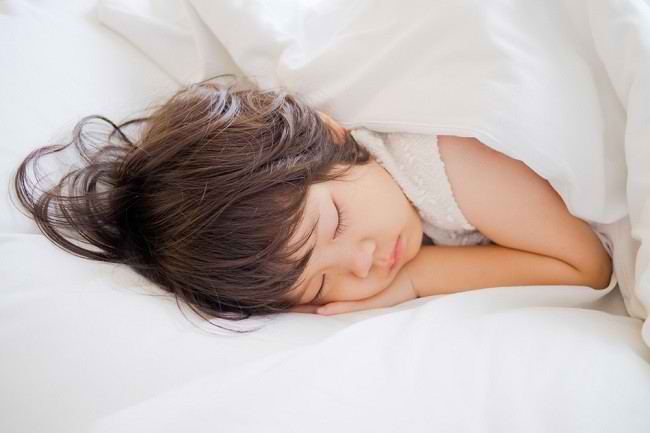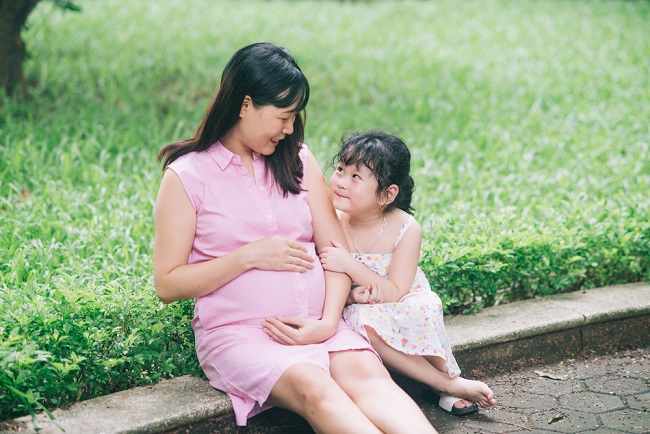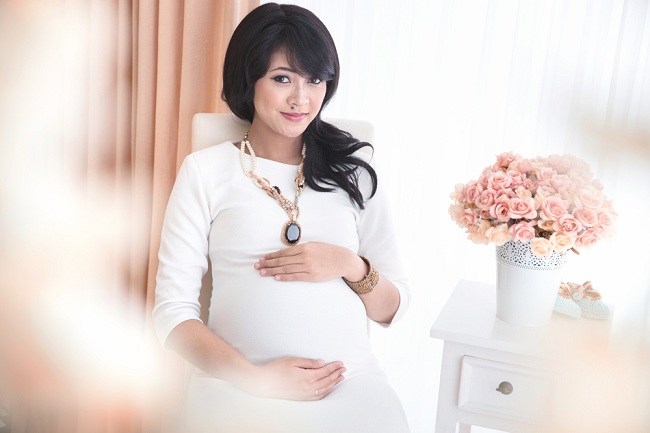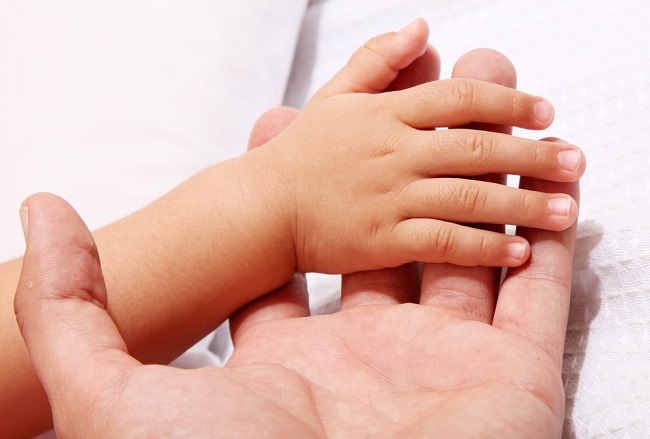Crossed eyes in children need special treatment. If left unchecked, this condition can cause the child to experience visual disturbances, such as blurred vision or double vision. Therefore, recognize the symptoms so that crossed eyes in children can be overcome early on.
Crossed eyes or strabismus often appear in childhood. In a crossed eye condition, the eye muscles that are connected to the brain do not work properly. As a result, the movements of the left eye and right eye become different, which should move in the same direction.

Crossed eyes can be experienced by children from birth or develop as they grow. Most squints are diagnosed when a child is 1–4 years old and rarely develop after 6 years of age.
Squint Eye Symptoms
It was mentioned earlier that crossed eyes can be seen when the eyes are not moving in the same direction at the same time.
Generally, the one eye whose line of sight is forward is the eye that is more dominant or stronger. Meanwhile, the other eye whose line of sight is not always forward is the weaker eye.
In addition, there are several other symptoms of crossed eyes in children that you can recognize, including:
- Closing one eye or tilting your head when trying to see an object more clearly
- Squinting when exposed to bright sunlight
- Seeing two objects where there is only one object or double vision
- Having trouble seeing things
The condition of squinted eyes is more often recognized by other people than the sufferer himself. Therefore, identify well some of the symptoms of crossed eyes in the above children so that they can be treated as early as possible.
Causes of Squint Eyes
It is not known with certainty the cause of squint. However, it is possible that this is related to genetic disorders. The risk of a squint is also increased in children who have certain conditions, such as:
- Premature birth
- hydrocephalus
- Down syndrome
- Head injury
- Brain tumor
- Cerebral palsy
Cross eye conditions can also be triggered by visual disturbances, such as plus eye, nearsightedness or cataracts.
How to Overcome Squint Eyes
There are several ways that are generally recommended to treat crossed eyes in children, including:
1. Wearing glasses or contact lenses
In some cases, the use of children's glasses is enough to straighten the eyes, especially in mild crossed eyes. In addition, the use of glasses regularly can also strengthen the eye muscles and children's ability to see.
2. Wearing a temporary blindfold
A temporary blindfold will be placed on the dominant eye to stimulate the weaker eye. Its use is about 2-6 hours a day and is quite effective for children under 7 years old.
The goal is to make the eyes move in the same direction and strengthen the eye muscles.
3. Perform eye muscle surgery
Eye muscle surgery is performed to change the length or position of the muscles around the eyes to make them appear straight. This surgery is often accompanied by vision therapy to improve eye coordination.
Even after undergoing surgery, the child still has to wear glasses to strengthen his eye muscles.
4. Using eye drops or botox injections
Your doctor may prescribe eye drops to blur vision in the dominant eye. In addition, crossed eyes can also be overcome by using Botox injections to weaken the eye muscles that work excessively.
5. Perform balance and eye focus test
The doctor will assess how well your child's eyes are focusing and moving by performing tests. The test is done to train the ability of the eye muscles to regulate the focus of vision and balance the movement of the eyeball.
Meanwhile, there are several ways that you can do at home to train your child's eye muscles and one of them is the technique push up pencil. This technique aims to direct both eyes at the same point.
You only need to place the pencil 30 cm in front of the child's eyes, then ask him to focus on one point at the end of the pencil. Move the pencil towards the nose and pull it back away from the nose.
This exercise can be done for a few minutes, but stop if your little one complains that his vision starts to feel blurry.
Do not underestimate the condition of crossed eyes in children, because if this condition is not treated properly, the brain may not be able to perceive things that are seen in the weak part of the eye. This can result in lazy eye (amblyopia) and can even cause vision loss.
If you notice the symptoms of a squint in your child, immediately consult a doctor to get the right treatment. Do not delay the examination, because if crossed eyes in children are detected early, various complications can be avoided, including blindness.









